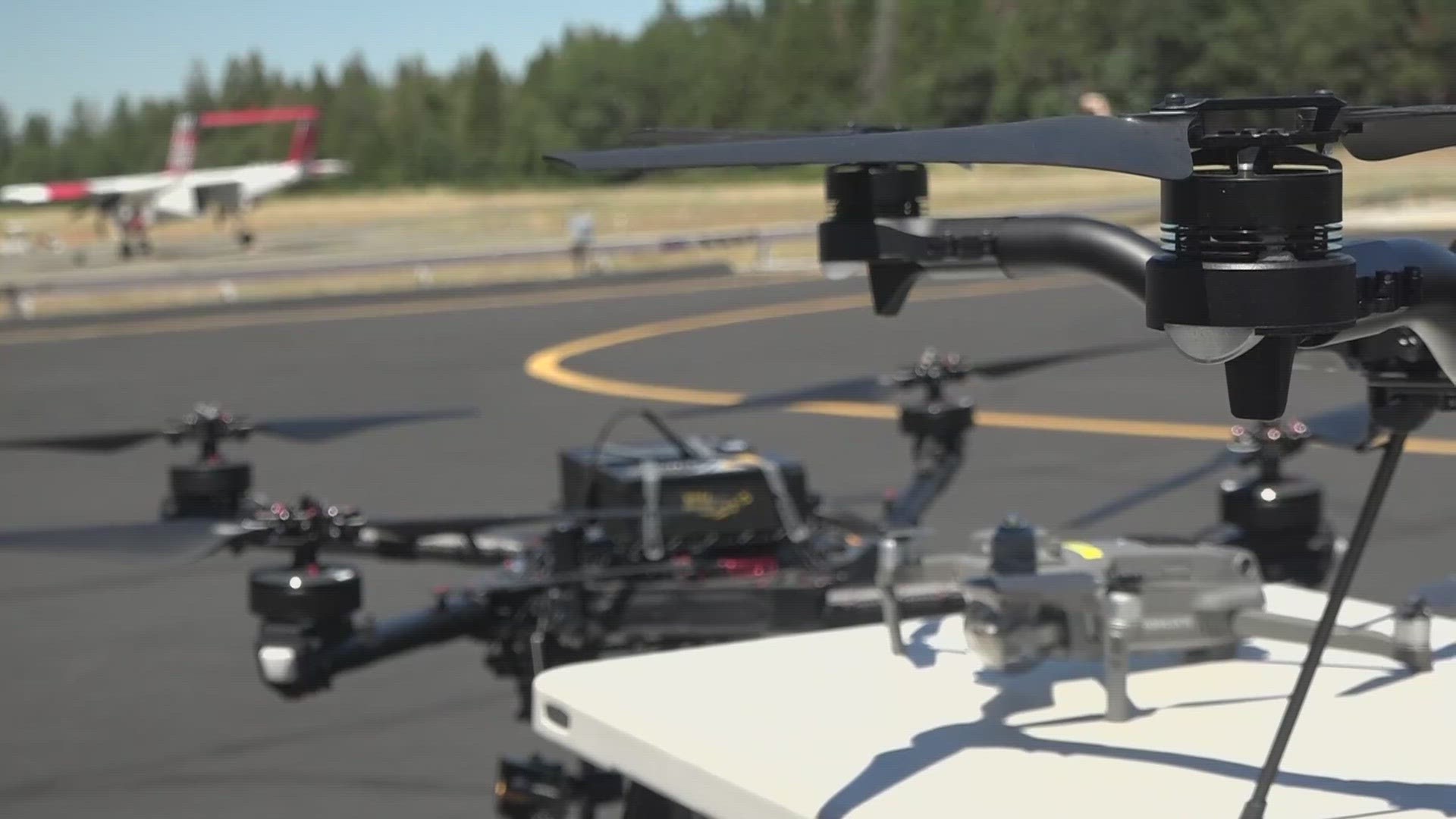GRASS VALLEY, Calif. — As we move deeper into wildfire season, Cal Fire has a new tool in its arsenal — artificial intelligence, or AI. It all started with one drone and now the future of fighting fires is AI.
It's technology that will help Cal Fire respond to fires faster, safer and cheaper. It’s part of a new AI program being tested with Cal Fire’s Nevada-Yuba-Placer Unit.
There are more than 1,000 high-definition cameras positioned across the state designed by UC San Diego’s Alert California to not only detect smoke and alert dispatchers, but to also determine how big of a threat the fire could be.
Nathan Menth, a fire captain with Grass Valley Emergency Command, oversees the program.
“What we do on a day-to-day basis is we utilize this program to assist us with within our unit's boundaries to locate anomalies in the sky or in the topography below indicating smoke or some type of dense cloud that may be smoke,” said Menth. “So even if zero 911 (calls) have come in, we can use the AI to build the incident and relay it to the first responders."
Then, they send in the drone to assess. Scott Eckman is the fire captain who oversees and flies the drones.
“Cost savings, the efficiency of them because they are readily available, we can get them here quickly and their availability to fly in the smoky mountainous terrain,” said Eckman.
The department plans to utilize a new drone this wildfire season. From the Aerial Ignition Academy that the Forest Service demonstrates, the drone can drop small ping pong balls injected with a chemical that will ignite upon landing. This will help Cal Fire create back fires more quickly.
“We’ll start a back fire so when the main fire gets to that line there is no more fuel left,” said Eckman. “Historically, we have troops on the ground creating that fire. With this we can do it much more efficiently and far more accurately."
The drones are also pivotal as Cal Fire relaunches its night flight program this year, flying helicopters over wildfires at night to get real-time updates on how the fire is growing rather than waiting until morning.
Drones will be able to fly when helicopters can’t and respond to small fires in the community when resources are tied up on large wildfires.
The program comes with a $24 million price tag. It’s being tested in six Cal Fire units across the state.



















